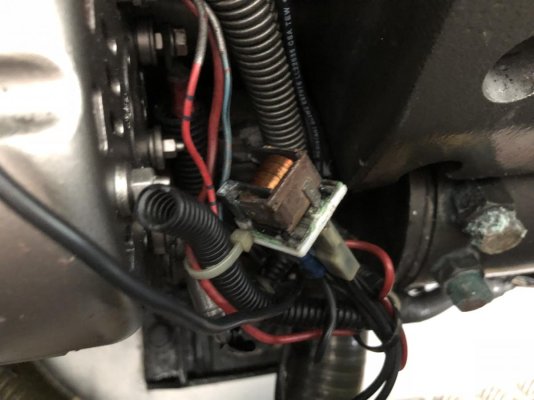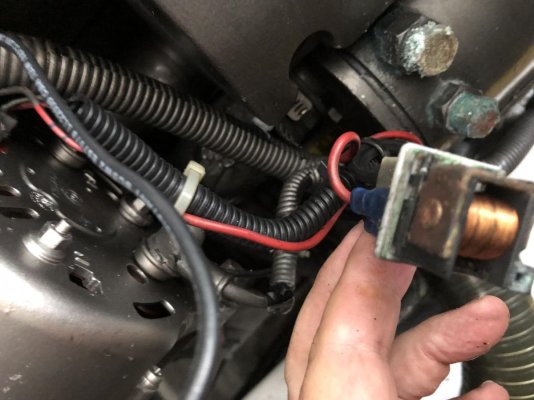The PO had the alternator replaced, i saw old bills.
But it looks like he found a piss poor yard to fix it
you can see loose wires some out of the loom and a black wire that looks like it doesn't belong there
Also there's a part with several wires and some kinda copper wiring all exposed.
Can anyone shed some lite on the mess?
But it looks like he found a piss poor yard to fix it

you can see loose wires some out of the loom and a black wire that looks like it doesn't belong there
Also there's a part with several wires and some kinda copper wiring all exposed.
Can anyone shed some lite on the mess?



